Hazards in the art world often aren’t taken very seriously. It’s hard to see artists as people who are engaged in a dangerous field. Had I not been a scientist, I too would have remained oblivious about the perils lurking in an artist’s world! It comes as no surprise that artists through history have been called by many names-geniuses, crazy, dreamers, unemployed-but rarely chemists!
There can be a lot of mystery when you go to purchase paints, especially if it’s your first time buying a particular medium. I remember, when I first bought a pan of watercolour paint from a local art store, I was quite alarmed to find out that the paint contained a preservative of harmful nature. I started exploring alternatives to commercial paints that didn’t contain such toxic preservatives or pigments. I soon discovered that there were a couple of handmade watercolour paint makers who provided artists with non-toxic and high-quality paints. The experience of working with such handcrafted watercolour paints was quite delightful. The art of handmade watercolours piqued my interest in learning about the process. That’s when my journey as a paint maker began! It was definitely not easy. I did extensive research in understanding different kinds of pigments, their chemical properties and most importantly any potential hazards associated with pigments to human health and environment.
So, what are pigments?
By definition, pigments are particles of coloured materials that are insoluble in water, oil, and resin. Although, when suspended in liquid binders or vehicles, it transforms into the paint
The binder or vehicle used with each pigment, as well as the size and shape of the pigment particle, determines the type of paint that is created.
Pigments are classified into three basic categories, that a manufacturer may use when creating paint: natural organic pigments, synthetic organic pigments, and inorganic pigments.
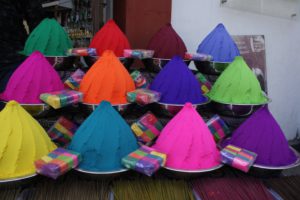
Inorganic pigments: These pigments tend to be quite lightfast, they are derived from the earth, and/or manufactured from metals or minerals. These pigments have been studied for long for their long term effects (for example; earth pigments: Raw Sienna, Burnt Umber; Cobalts, Cadmium, Titanium, etc )
Organic pigments ( natural/synthetic): These pigments are derived from plant or animal sources, or they can also be chemically synthesized ( eg, quinacridones). Natural organic pigments are made from carbon compounds that exist in nature.
In prehistoric times, early humans found many natural organic colourants in the minerals occurring in soils and clays. Cave paintings using red- and yellow-coloured clays date from at least 15,000 B.C. As long ago as 8,000 B.C., artists in Egypt had discovered how to process animal products and vegetable matter into useful and fairly stable colourants. The pigments from plant and animal sources tend to be safe – but the colours do fade, making them “fugitive” colors. Although, the long term effect of these colours is as such not known.
Trend of handmade watercolours paints
In recent times, there has been a phenomenal increase in the number of handmade watercolour paint makers. My research in this field to date tells me that paint labeling is probably the least interesting topic on watercolour paints … it is like reading a safety tag on your mobile phones. Unfortunately, boredom leads to a lack of concern and eventually leads to ignorance, and it is this ignorance that paint manufacturers exploit through marketing.
The crux of the problem is that paint manufacturers (including small business owners who are watercolour paint makers) can name a paint anything they want. The result? If the marketing name is all you rely on, it is impossible to tell what is in your paint. Knowing the safety of an artist’s material is a subject of high importance and must not be overlooked.
Let’s quickly recap some of the elements we know are bad for human health: Umbers, Sienna, Mercury, Lead, Cadmium, Chromium VI. Hazardous compounds to note Copper and Cobalt compounds. Common effects from these various substances include cancer, nerve, and organ damage.
Impact of using watercolours (pigments) on the Environment and health
Some artists (including me) strongly attend to the health or environmental impact of the materials they use, and in a few cases, watercolours do present some problems.
Environmental impact occurs through mining or raw materials manufacture and the disposal of manufacturing wastes. Unfortunately, though many high-quality pigments are manufactured in Europe, Japan, and the USA, the environmental consequences of industrial pigment manufacture are increasingly being exported to the Third World (China and India in particular), whose environmental laws and enforcement are of a different kind. This is one reason why pigments can be made there so cheaply and just remember its a hell on the health of factory workers and their living environment.
Unfortunately, I know of no way at present to find out whether all pigments are manufactured in an environmentally friendly way, because (for proprietary reasons) paint manufacturers do not disclose where they buy their pigments, and there is no easy way to obtain trustworthy environmental impact statements from specific pigment manufacturers in, say, China or India. Artists or painters have no effective control over these upstream environmental impacts.
My purpose is not to frighten but to inform, so that, next time you are at the checkout line at the art store or making an online purchase you can make a wise choice.
Take home message
That said, watercolours should always be handled with reasonable care and applied with appropriate techniques. They should be kept out of the reach of children.
And watch out for your pets!
DISCLAIMER: This article concerns itself with the common-sense safety aspects of art materials and art safety in general. The intent of this article is merely to raise individual awareness of some of the issues involved and to encourage the reader to take steps in learning more about the factors involved with the hazards associated with the artist’s materials. The author may change the contents of this document at any time, either in whole or in part.
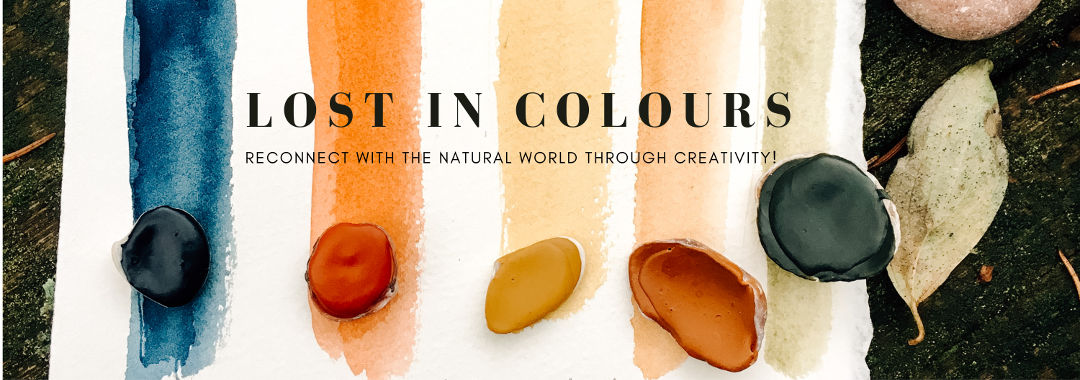
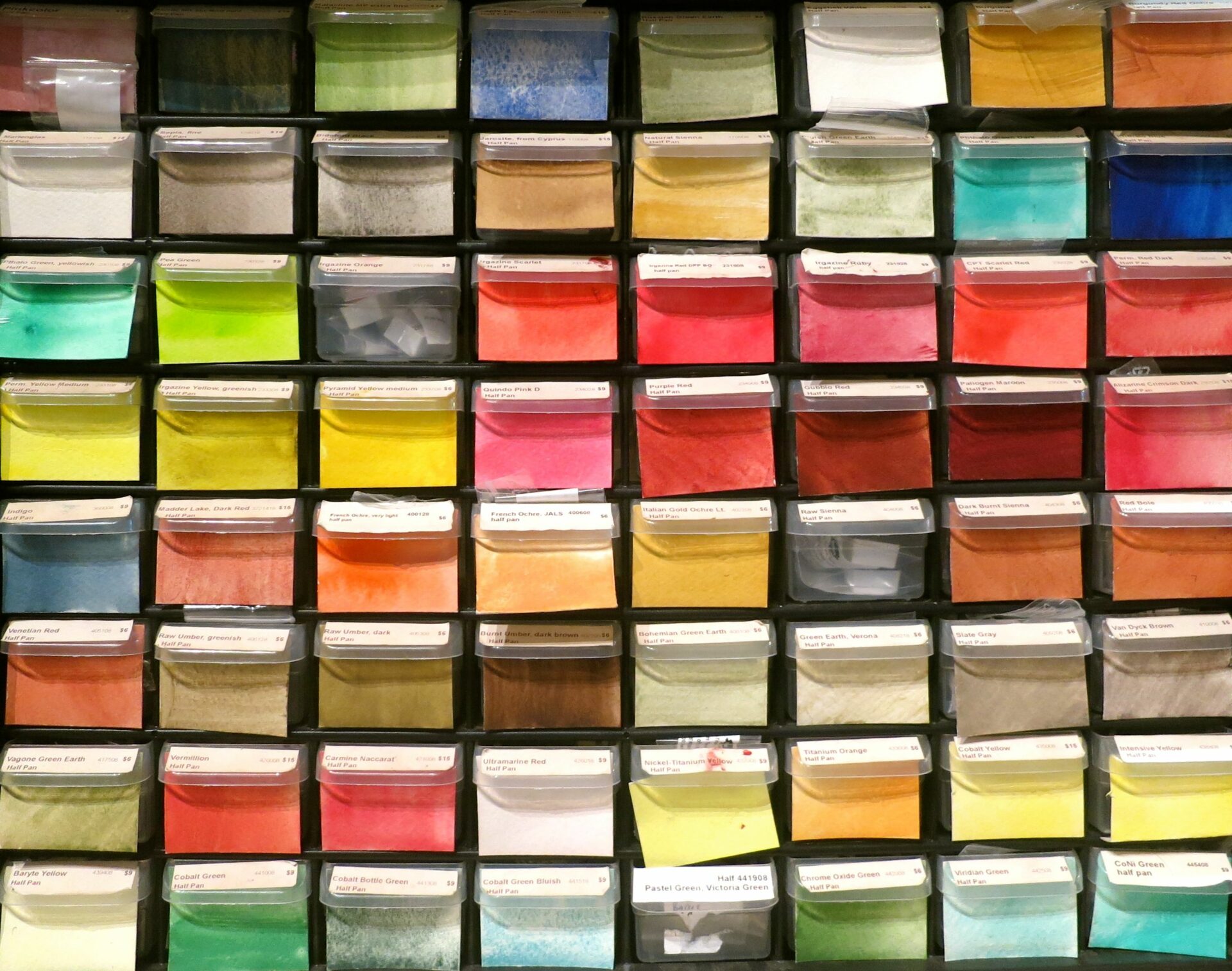
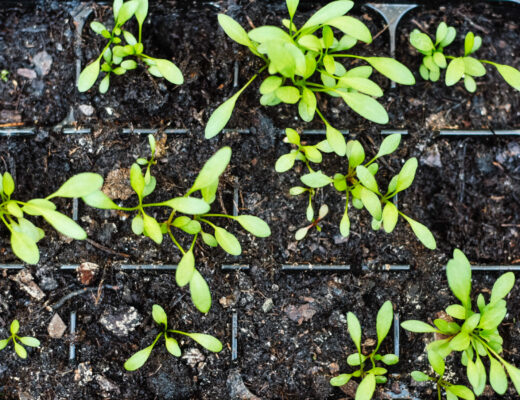
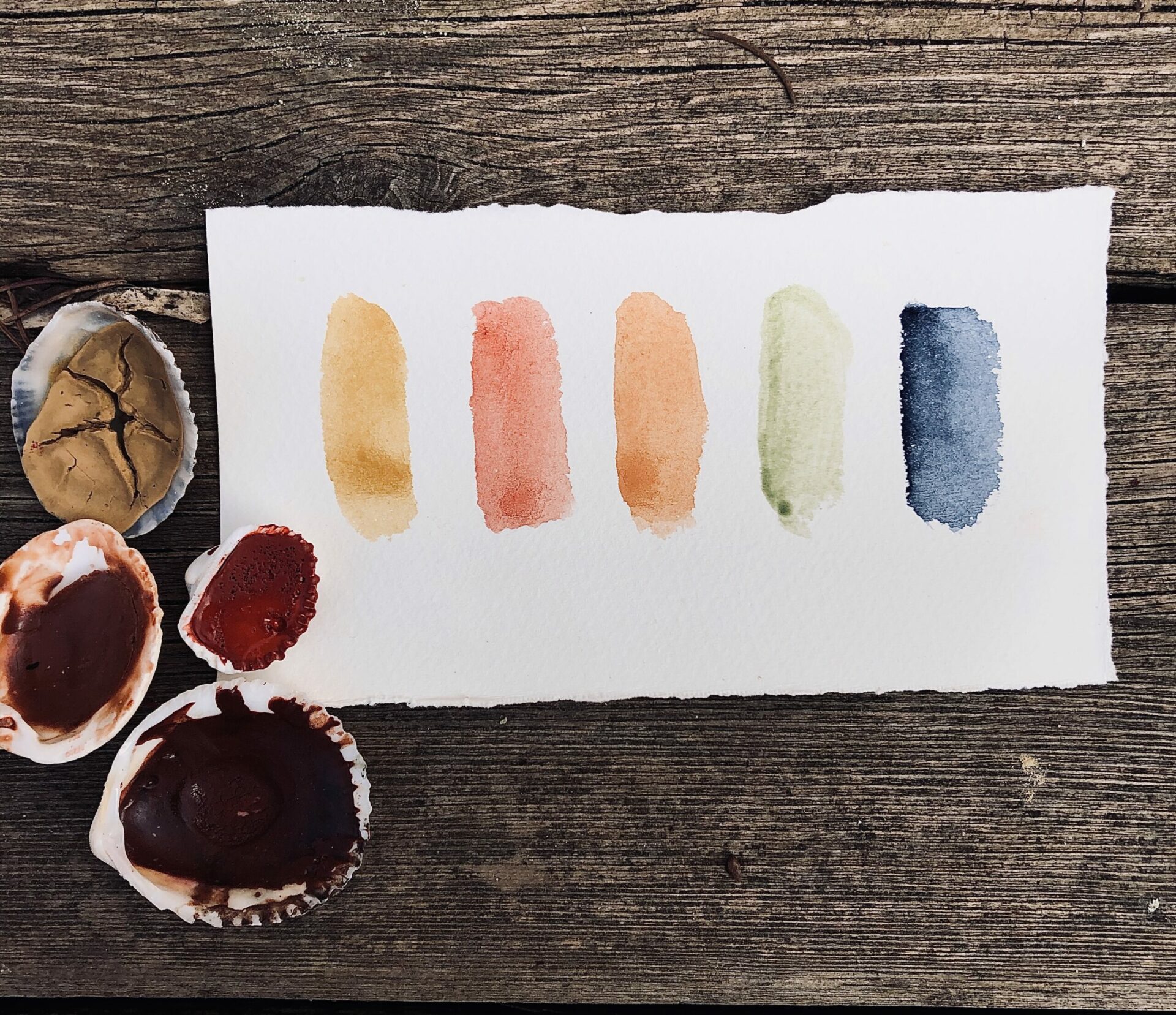
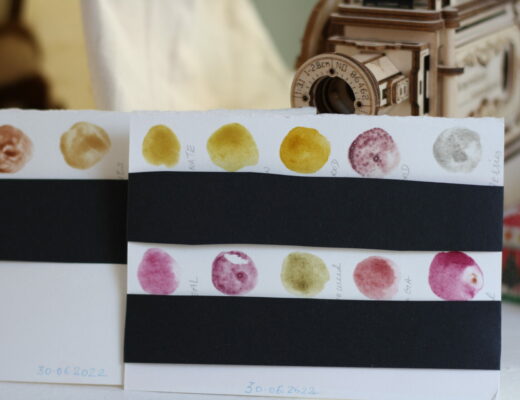
No Comments